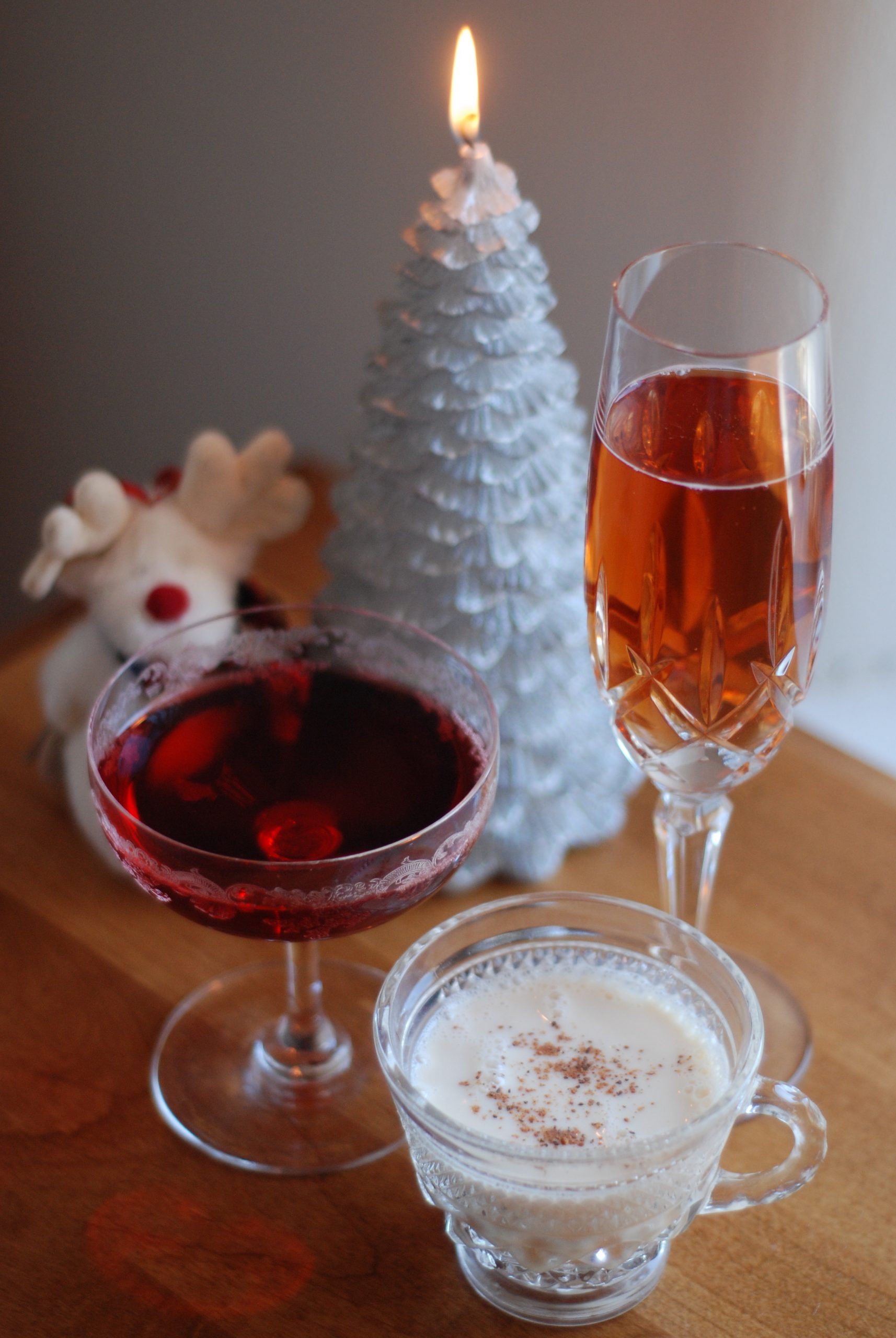Stewing over Winter
It’s another cold morning on the East Coast, one that leaves me with little desire to step outside and into the latest snowstorm. On days like this I start rooting through my freezer, searching for ingredients for a warm, hearty stew. A one-pot wonder, stew consists of slow-cooked vegetables and fish or meat and the thick, savory liquid in which these ingredients simmer. Although I’ve consumed this nourishing dish since early childhood, it still remains my favorite way to add some heat to wintry afternoons. Most stews were born out of necessity, using whatever items cooks had on hand. In the case of Irish stew, these staples included old, economically unviable sheep, or mutton, along with potatoes and onions. Beginning with mutton, Irish cooks of yore would place equal parts of meat, potato and onion in separate layers in a large casserole or kettle. They added a pinch of salt and pepper, poured in enough water to cover the layers, and clamped a lid on the kettle. They then set the concoction over an open …
